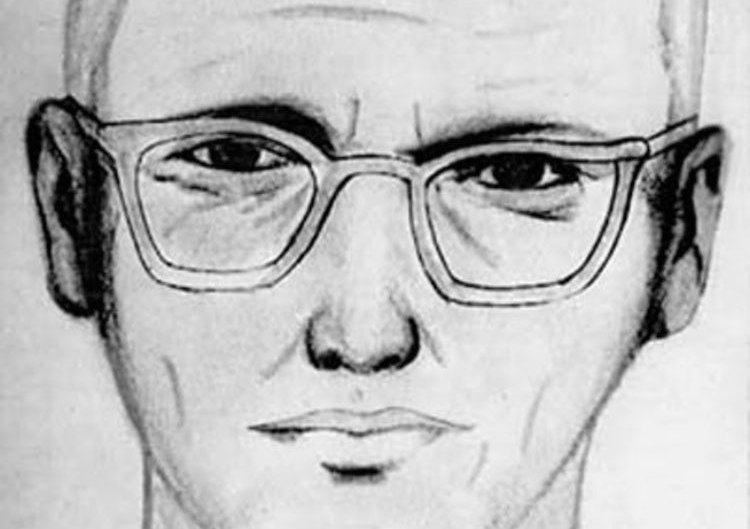
r/r
Cops Turn to DNA Websites to Finally Crack the Case of the Zodiac Killer
For more than 50 years, the public has been haunted by the Zodiac Killer — a serial killer who murdered at least five people in the Northern California area in the early 1960s to the late 1970s. For years, the identity of the killer — who earned his moniker from the menacing letters and mysterious cryptograms he had sent to the local newspapers — has intrigued the public, who has never been any closer to identifying the killer despite decades dedicated to cracking the case.
But now, law enforcement is hoping to finally get some answers thanks to DNA websites, where people often submit their own DNA to find relatives and determine their ancestry. Vallejo police detective Terry Poyser confirmed to the Sacramento Bee that they sent two envelopes from letters written by the killer to a lab for in-depth DNA analysis.
They’re hoping to have similar success as they did in the case of the Golden State Killer, who committed at least 12 murders and more than rapes in California. Earlier this year, police arrested James DeAngelo Jr., after the DNA they had on file for the GSK matched with a relative of DeAngelo’s on a public DNA site. From there, they were able to identify the killer more than three decades after he traumatized the public.
Experts certainly aren’t ruling out the possibility of using this technique to zero in on the killer. Pam Hofsass — former homicide detective who worked on the case, and now runs a forensic lab — is definitely looking into it. “It’s totally worth looking at, and I hope with all of the news and revelations about the Golden State Killer that it will kind of be the impetus for the Zodiac,” she told the Sac Bee.
Detective Poyser told the paper that they begin looking into the DNA even before the Golden State Killer — also called the “East Area Rapist” and the “Original Night Stalker” by true crime buffs — was caught using a similar technique. Poyser said the lab technicians were optimistic about getting a DNA sample, and they’re optimistic they’ll have a profile created for the Zodiac killer in the coming weeks.
“If we get a good profile, then you start tracking back,” Poyser said. “It really comes down to DNA. Without it, you have nothing. It’s a 50-years-old case."
Have a tip? Send it to us! Email In Touch at contact@intouchweekly.com.








































